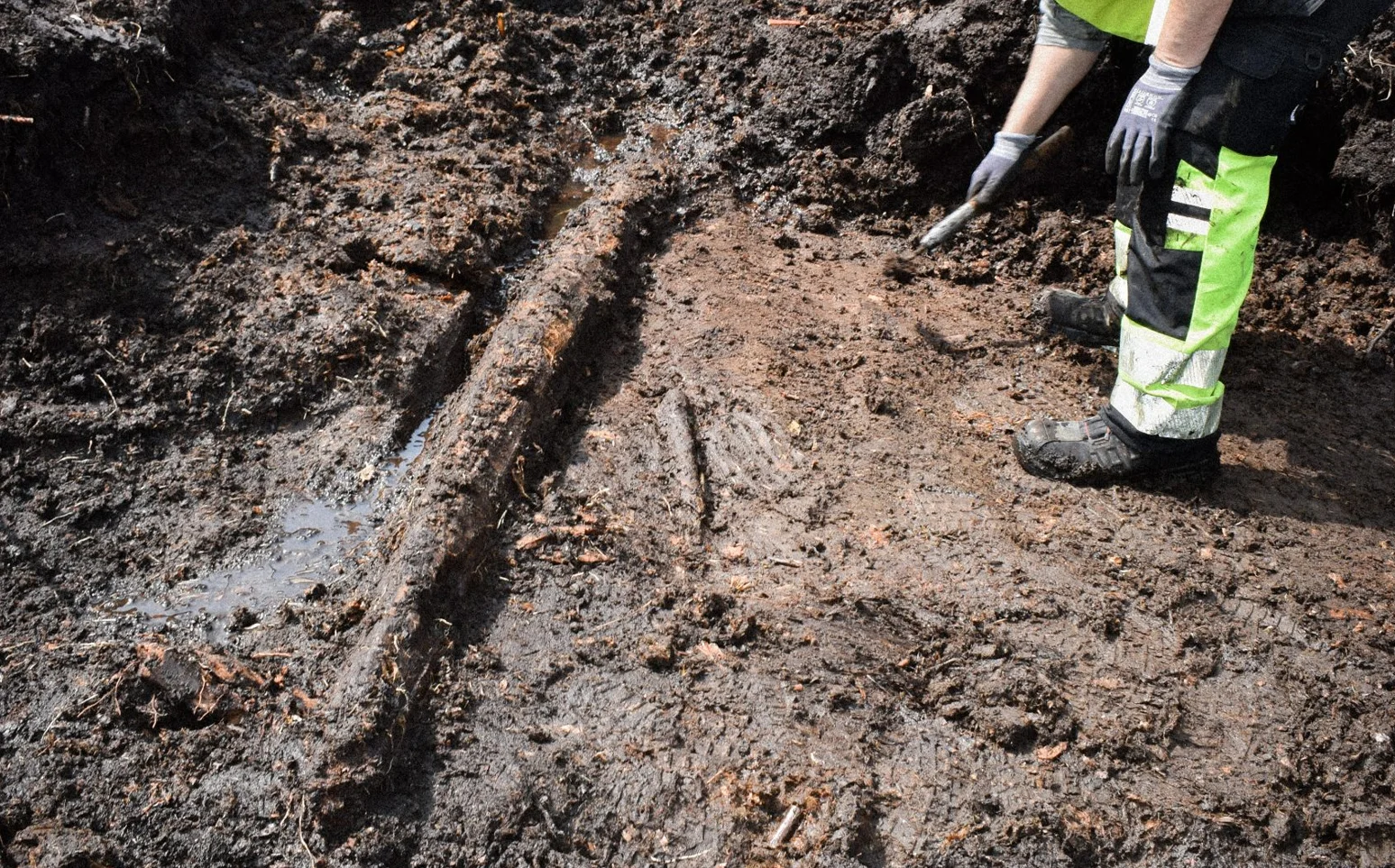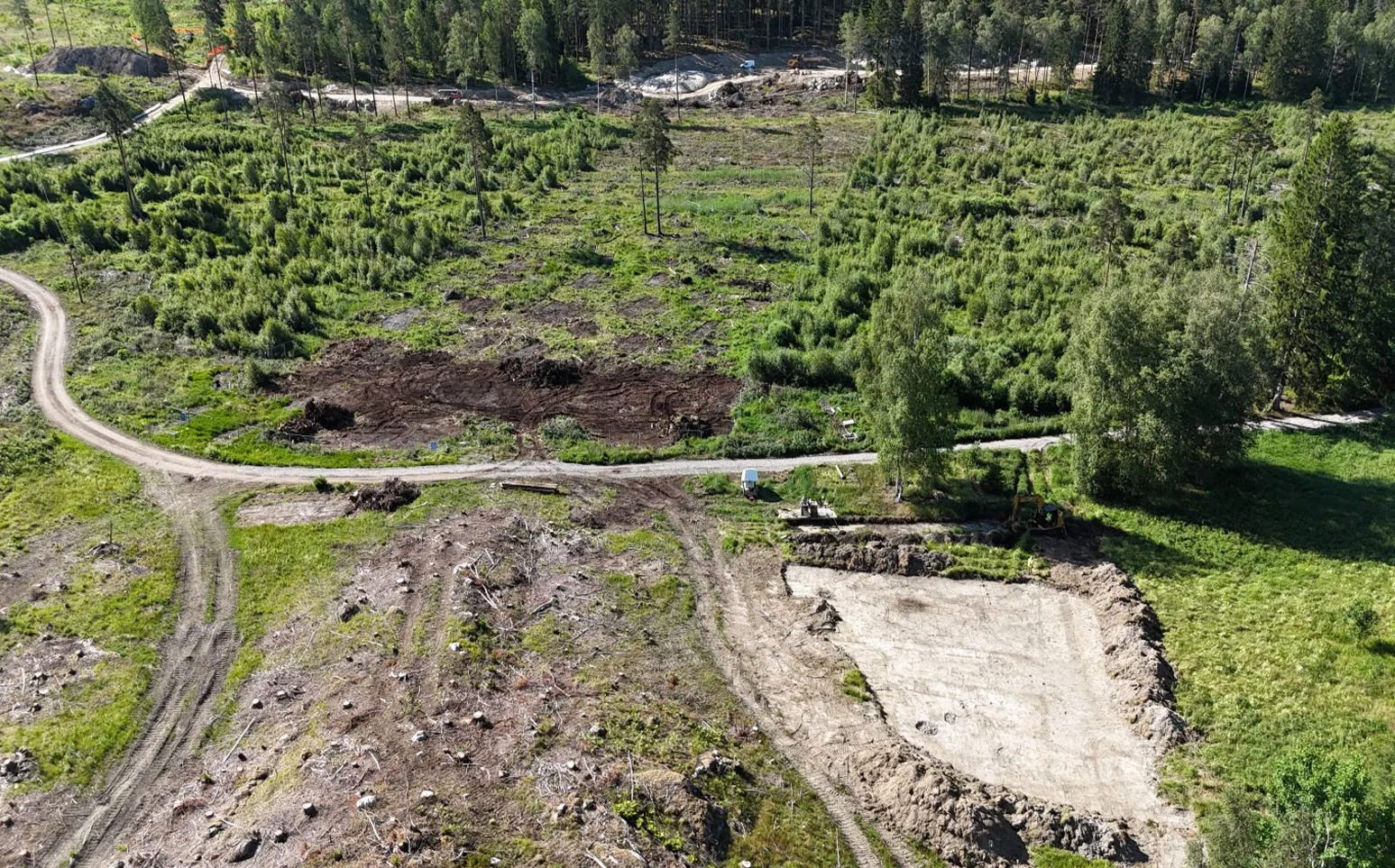Archaeologists from Arkeologerna, part of the State Historical Museums (SHM), have discovered a time capsule of prehistoric treasures in a bog outside Järna in Gerstaberg.
The finds date from around 5,000 years ago and consist of structures made from wooden logs, piles, and wickerwork. During this period, the area was covered by an ancient lake and growths of sea buckthorn along the lakeshore.
Sea buckthorn is a native thorny plant that has nutrient-rich berries. Previous studies have found that the berries were a staple food source of Neolithic hunter-gatherer communities, both in Europe and as far reaching as Asia.
According to experts, the wooden logs and piles are part of a sophisticated trackway or footbridge system used for accessing remote parts of the lake, possibly for harvesting the sea buckthorn sources. Due to the oxygen-free environment of the bog, the organic remains have been perfectly preserved in situ.

Alongside these finds are traces of wickerwork objects, which archaeologists suggest could be baskets used to carry the harvest or fish caught in the lake. A study of the landscape surrounding the bog has also revealed ancient hearths and a small post-supported building.
It is not yet clear which Neolithic cultural group is associated with the site; however, similar activities have been observed at nearby archaeological sites which have been attributed to the Pitted Ware culture.
A representative from Arkeologerna, said: “The work will be documented with films on social media and when the project is complete, the wooden structures and the surrounding environment will be recreated in 3D, so that we can all take a digital walk straight into the Stone Age.”
Header Image Credit : SHM
Sources : Arkeologerna





